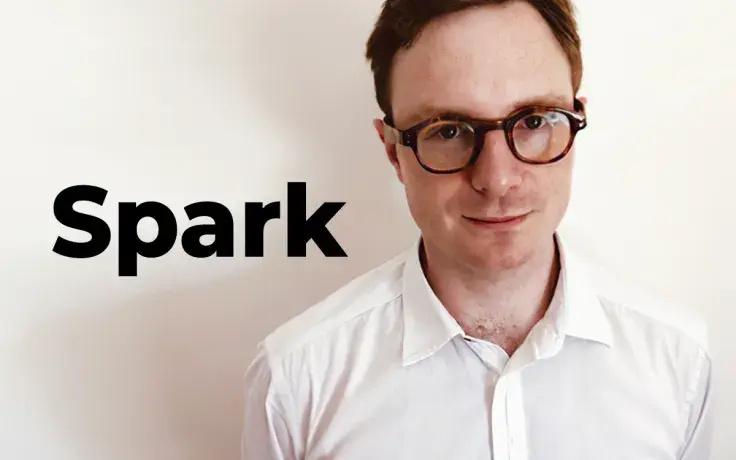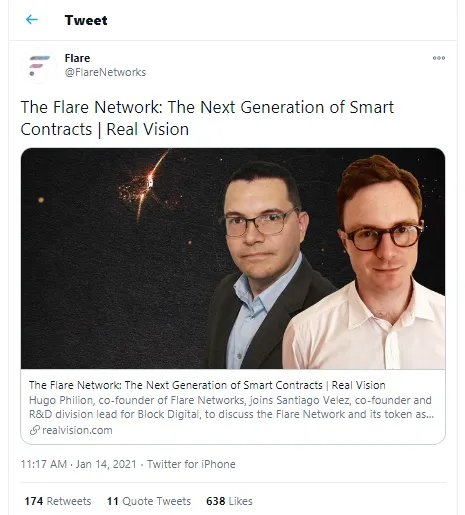
Hugo Philion, CEO and cofounder of Flare Networks, has sat down with Real Vision host Santiago Velez, cofounder and R&D division lead for Block Digital, to discuss the origins and plans for Flare, a unique "utility fork" of XRP Ledger.
What's wrong with proof of stake (PoS)?
Flare blockchain will be built around Federated Byzantine Agreement (FBA) solution. Thus, it will be the first-ever Turing-complete network in crypto that utilizes Avalanche consensus. Mr. Philion shilled Federated Byzantine Agreement (FBA) over proof of stake (PoS) because, according to him, PoS systems are more vulnerable to Sybil attacks.

Meanwhile, Ethereum Virtual Machine (EVM) will run on top of this complex system. Mr. Philion treats EVM as a "standard" for smart cotracts environments. Despite some other networks like Bitcoin also allowing decentralized computations, the Ethereum (ETH) smart contracts engine is the most recognized one right now.
However, Flare Networks will not market itself as yet another "Ethereum killer" since its technical architecture is too different from both Ethereum 1.0 and Ethereum 2.0:
We're not starting Flare as a competitor for anyone.
Flare: the project and its token
The second part of the interview covered the usecases of Spark (FLR), a core native asset of Flare blockchain. Unlike core assets of the proof of stake (PoS) system, it will not be staked to confirm Flare transactions.
In Flare, the token will be used as an instrument for cross-blockchain interoperabilty between Ethereum-compatible and non-Ethereum chains.
Flare Networks itself will not be involved in the business of applications that can potentially leverage its instruments. Thus, there is no possibility that Flare will have "equities" and "securities," Mr. Philion added.
Finally, Mr. Philion shared the target date of the launch of Flare. According to him, the team is focused on May 2021 as the "hello world" date in its operations.
 Dan Burgin
Dan Burgin Vladislav Sopov
Vladislav Sopov U.Today Editorial Team
U.Today Editorial Team